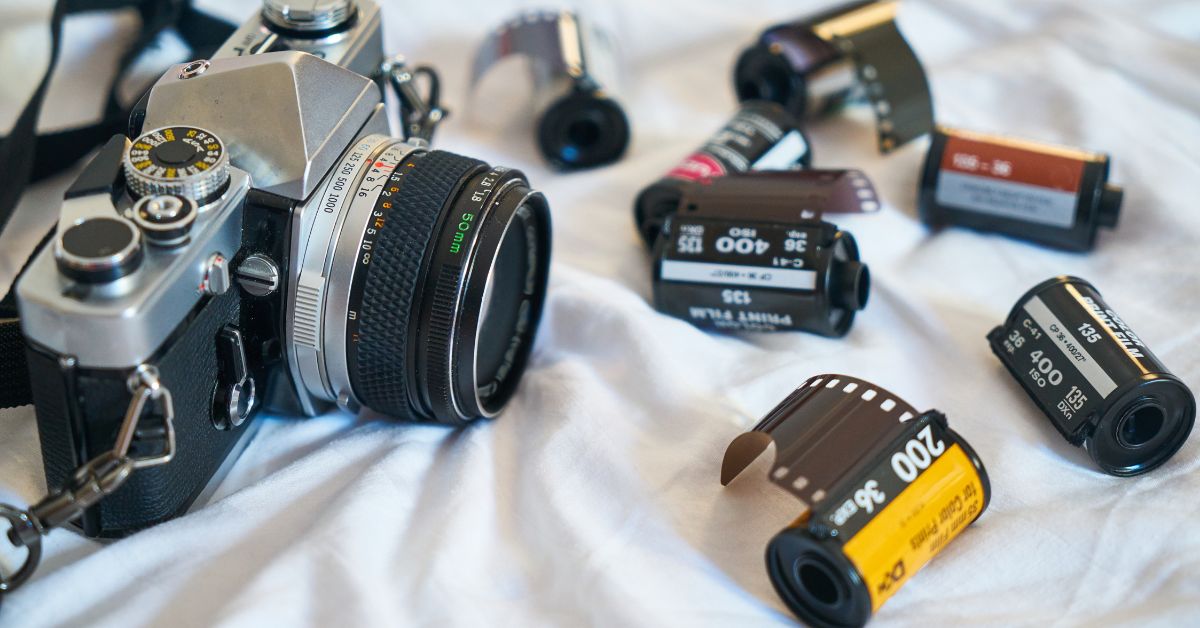Basic photography is the cornerstone of taking beautiful images, whether you’re taking pictures on a smartphone or a professional camera. Knowing the essentials—like composition, lighting, and camera settings—can significantly improve your images. With just a few techniques you can start clicking images that will stand out.
In this article, we will understand and learn about photography for beginners, the basics of photography and the camera, composition techniques, and many more things. So, continue reading this article to get a better grip on your basics of photography.
Table of Contents:
- Why is Mastering the Basics of Photography Important?
- Understanding Your Camera
- What is the Exposure Triangle?
- Composition Techniques
- How Can You Apply Composition Rules to Improve Your Photos?
- Focus of Depth of Field
- Techniques for Manual and Auto Focus
- Lighting and Its Impact
- Why is Practice Essential for Mastering Photography?
- What Resources Can Help You Continue Learning About Photography?
- Conclusion
Why is Mastering the Basics of Photography Important?
Understanding the basics of photography is really important as it helps you with the foundation you require to click the best photos. When you have an understanding of the basic fundamentals like composition, lighting, and camera settings, you can click pictures that truly showcase your vision. This understanding of the basics will help you to click images with confidence irrespective of what you are shooting.
Let’s get to know more about your camera and how you can compare different cameras:
What are the essential parts of a camera?
The important parts of a camera consist of a lens, which concentrates light on your camera sensor, a sensor that captures the picture, then there is the screen, where you can see everything that your lens is focused on, and lastly, the buttons that help you control your settings like zoom, focus, and exposure.
How do different types of cameras compare?
The image quality, size, and features can be a differentiator between different cameras. Cameras like DSLR have lenses that you can change offering high-quality images. Mirror cameras are equivalent but more compact. Cameras that are great for fast image clicking are called point-and-shoot cameras and they are small and simple in features. Then there are smartphones which are easy to use but have lower quality compared to professional cameras.
What is the Exposure Triangle?
The ISO, shutter speed, and aperture make up the exposure triangle. The camera’s light sensitivity is controlled with the help of ISO. The duration of exposing the camera’s sensor to light is something that is determined by the shutter speed. The size of the lens opening that affects the depth field is something that is controlled by the aperture.
Explanation of ISO, Shutter Speed, and Aperture
Here is the explanation of ISO, shutter speed, and aperture means:
ISO: An ISO of a camera is something that controls the light sensitivity of the camera. When the ISO is higher it makes the camera sensor more sensitive, which can be useful when there is low light, but it can also result in noise and graininess in the image.
Shutter Speed: This is something that controls or determines the duration of the exposure of camera sensors to light. If the shutter speed is fast it freezes the motion but if it’s low, it will result in blur images.
Aperture: This controls the opening size of the lens. When the aperture is wider the lens will allow more light resulting in greater depth of field while the lesser aperture leads to shallow depth of field.
Composition Techniques
There are some composition techniques that you need to know before you become a professional photographer. These techniques will help you capture clear images that will stand out.
What are the basic principles of composition in photography?
The basic principles of composition in photography will help you capture images that are appealing to look at and balanced at the same time. Here are some key techniques:
- Rule of Thirds
- Leading Time
- Symmetry and Balance
- Framing
- Depth of Field
How Can You Apply Composition Rules to Improve Your Photos?
- Rule of Thirds: In this technique use 3×3 grid lines and place the subject at the intersections of these lines while you click the image. This makes a well-balanced and intriguing composition.
- Leading Time: In this technique, you use natural lines like from the roads, rivers, and bridges. This will take the viewer’s eye onto the main subject in the image.
- Symmetry and Balance: By adding symmetrical pieces or balancing them with contrasting elements on both sides of the frame, you can generate a sense of harmony.
- Framing: To frame the subject, you can use elements from the scene, like doors, windows, trees, etc. This adds depth and highlights the main subject.
- Depth of Field: Through this technique, you can control the focus on the image by blurring the background or foreground of the image.
Focus of Depth of Field
Techniques for Manual and Auto Focus
Manual Focus
Auto Focus
Lighting and Its Impact
Why is lighting crucial in photography?
Importance of Natural and Artificial Lighting
Why is Practice Essential for Mastering Photography?
What Resources Can Help You Continue Learning About Photography?
- Online Courses
- Books and E-books
- Photography Blogs and Websites
- YouTube Channels
- Photography Forums and Social Media Groups
























